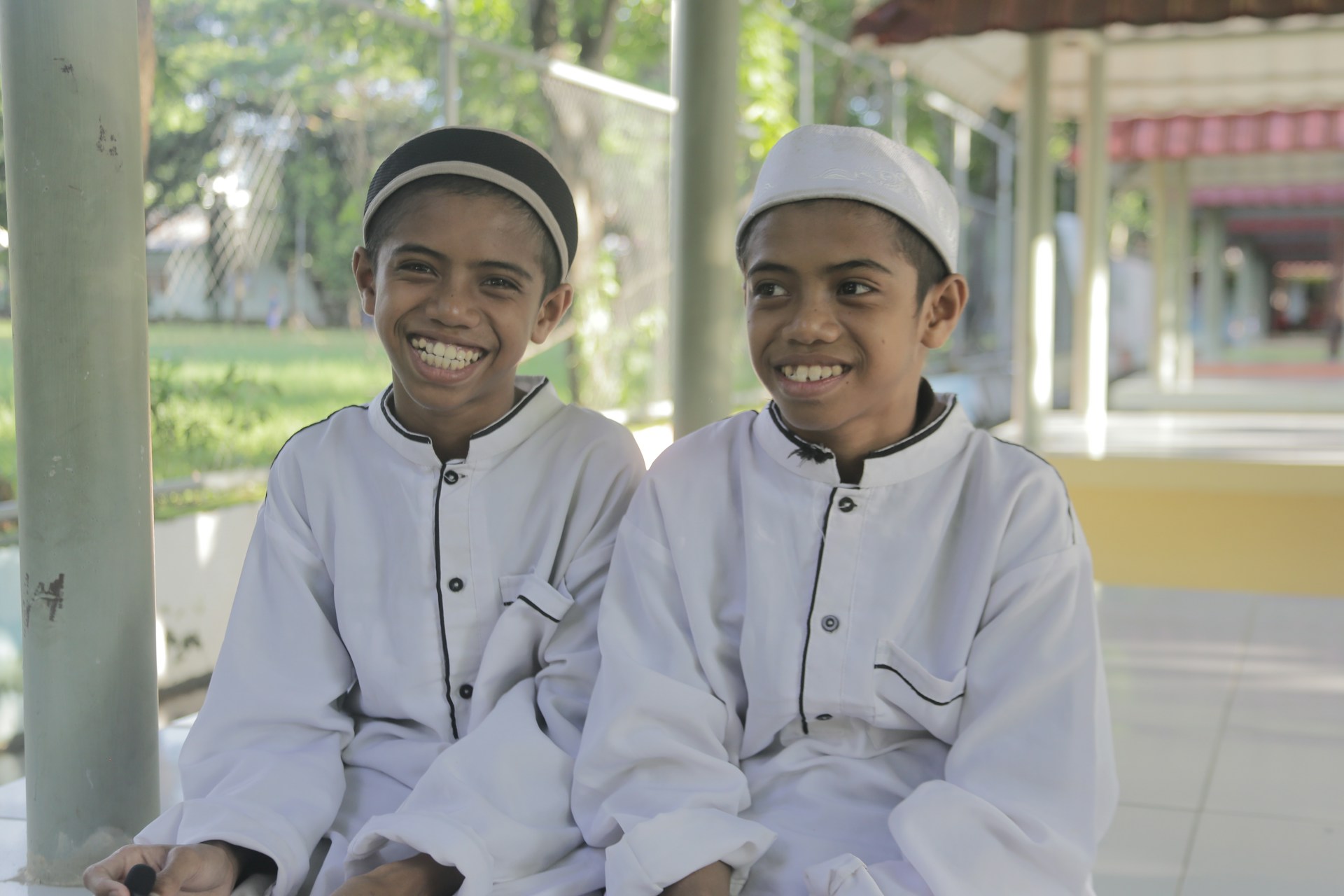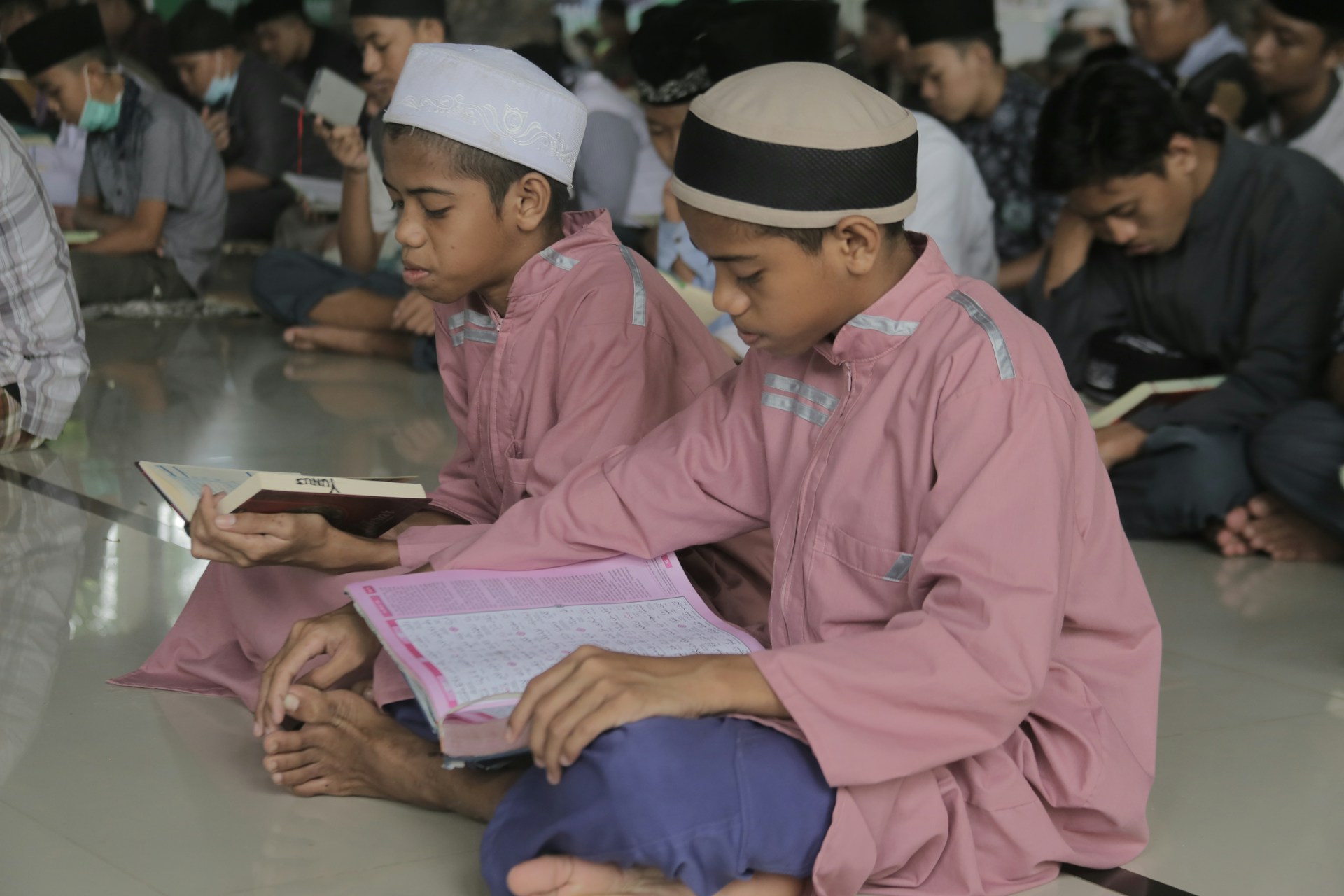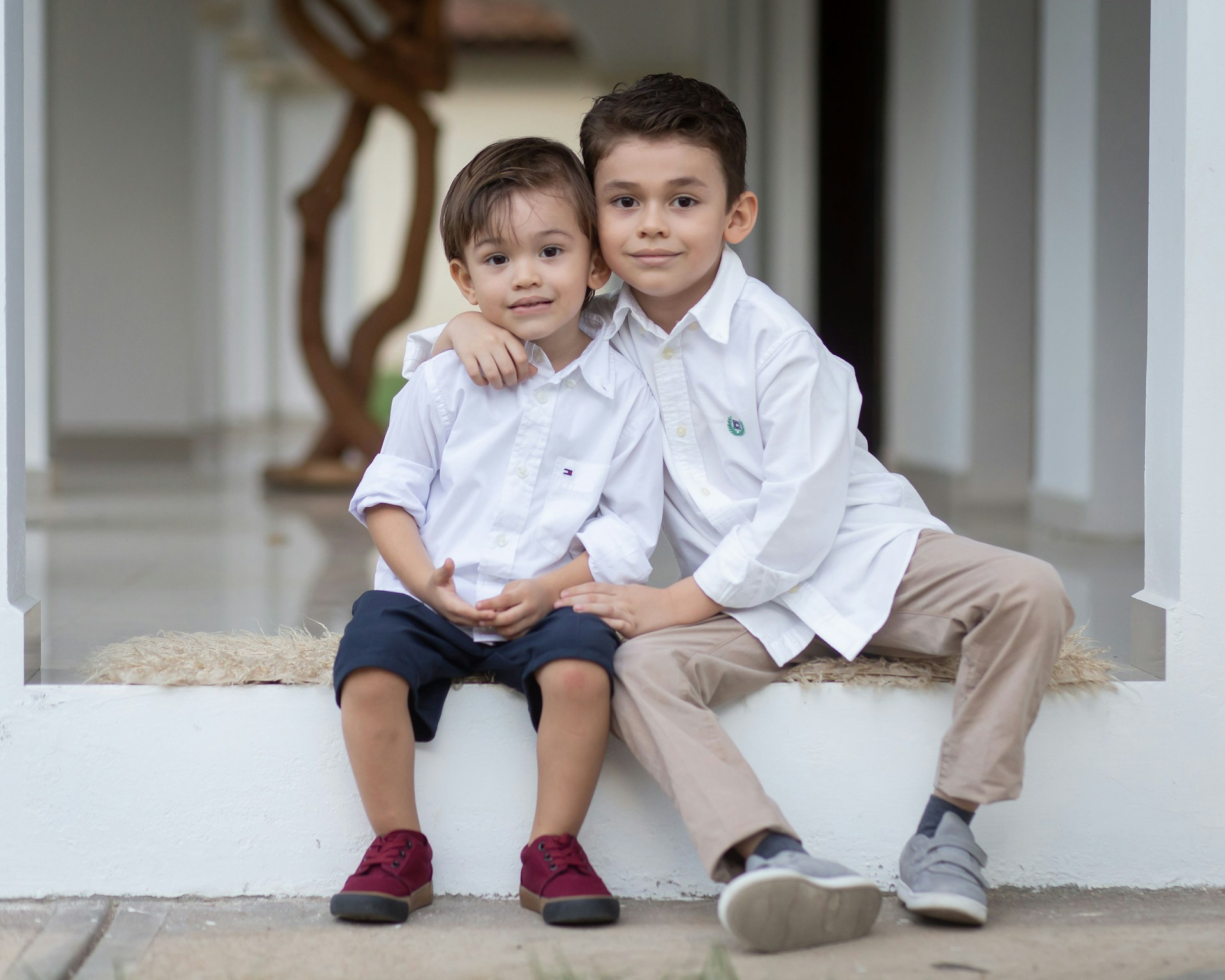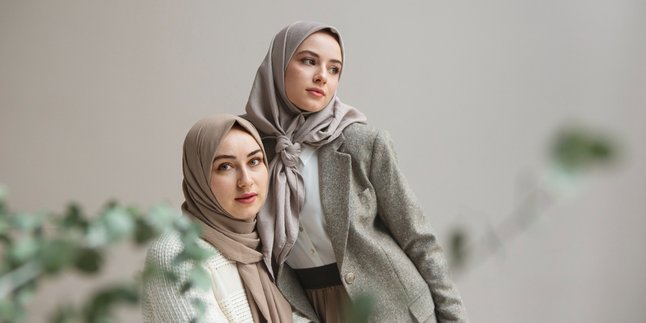Kapanlagi.com -
As Eid al-Fitr approaches, Indonesian society has a unique tradition of buying and wearing new clothes. In markets and shopping centers, the atmosphere is lively with families hunting for Eid outfits. Behind this customary tradition, there is a timeless story full of meaning, the story of Hasan Husein's Eid clothes, the grandson of the Prophet Muhammad SAW.
This story not only touches the heart but also teaches noble values that should be emulated in welcoming Eid al-Fitr. Through this story, every Muslim is invited to reflect that the beauty of the holiday is not just from new clothes but from the sincerity, patience, and blessings that accompany it.
Curious about the story of Hasan Husein's Eid clothes? Let's dive into the complete review below.
1. The Story of Hasan Husein's Eid Clothes

Two boys sitting together (credit: unsplash)
In the city of Medina, as the atmosphere of Eid al-Fitr began to be felt and small children ran around in their new clothes, a different scene was visible at the home of Sayyidah Fatimah. The two grandsons of the Prophet Muhammad SAW, Hasan and Husayn, looked gloomy and silent. They observed their friends who were already wearing Eid clothes, while they themselves did not have new clothes to welcome the holiday.
In their confusion, they then mustered the courage to ask their mother. "Oh Mother, why have we not been adorned like the other children of Medina?" they asked innocently.
Sayyidah Fatimah gently and lovingly replied, "Your clothes are still with the tailor." This answer was repeated every time they asked. However, behind the smile and calmness displayed by their mother, there was a deep sadness because she actually did not have the money to buy new clothes for her children.
The family of Ali bin Abi Talib and Sayyidah Fatimah indeed lived in simplicity. Although they were part of the family of the Prophet Muhammad SAW, they were not wealthy. Fatimah, as a mother, certainly wanted to make her two sons happy on this great day. However, circumstances were different, and the only thing she could do was to soothe her children's hearts with the hope that their clothes were in the process.
The night of Takbir arrived. Lady Fatimah held back her tears in silence, feeling a tightness in her chest because she could not provide what her children hoped for. But suddenly, in the stillness of the night filled with prayers, a knock on the door was heard.
Fatimah rose and asked cautiously, "Who is there?"
From behind the door, a voice replied, "O daughter of the Messenger of Allah, I am the tailor. I have come bearing a gift of clothes for your sons."
With a mix of curiosity and emotion, Lady Fatimah quickly opened the door. In front of her stood someone carrying a package. When the package was opened, she discovered two sets of very beautiful clothes. Inside were a robe, pants, a coat, a turban, and a pair of black shoes that looked so luxurious. With a heart full of joy, Fatimah called Hasan and Husayn to see and try on the clothes. Both of them jumped for joy and immediately put it on with great enthusiasm.
Not long after, the Prophet Muhammad SAW came to visit. He saw his two grandsons dressed in neat and beautiful new clothes. With deep love, the Prophet carried and kissed Hasan and Husein. He then asked his daughter, "O Fatimah, did you see the tailor?"
Fatimah replied, "Yes, Father. I saw him."
The Prophet Muhammad SAW then explained, "My daughter, he is not a tailor. He is the Angel Ridwan, the guardian of paradise, who was sent by Allah to bring clothing from paradise for Hasan and Husein."
Upon hearing this explanation, Lady Fatimah was very surprised and immediately prostrated in gratitude to Allah SWT. She did not expect that her deepest prayers and sorrows had been answered by Allah in such a noble and loving way.
2. Lessons from the Story of Hasan Husein's Eid Clothes

Two boys sitting together (credit: unsplash)
This story holds timeless valuable lessons. First, it illustrates the sincerity and sacrifice of a mother in facing limitations, as well as how sincere prayers can be directly answered by Allah SWT. Sayyidah Fatimah did not complain, only hoped and prayed in silence.
Second, the story of Hasan Husein's Eid clothes shows that true happiness does not come from material possessions alone. New clothes are a symbol of gratitude, not luxury. Even heavenly garments come to them because of patience and sincerity.
Third, from Hasan and Husein, children are taught to be humble and not to demand excessively. The traits of reliance on Allah and patience are life lessons that are more important than merely having new clothes. This story reinforces the values of simplicity in celebrating significant days.
3. Recommendation to Wear Your Best Clothes on Eid

Two boys sitting together (credit: unsplash)
In Islam, wearing new clothes on Eid is not an obligation. However, there is a recommendation to wear the best clothing as a form of respect for the festive day. The Prophet Muhammad (SAW) said, "We are commanded to wear our best clothes on the two Eid days." (HR Al-Baihaqi and Al-Hakim)
Nevertheless, "the best clothing" does not always mean new clothes. What matters most is cleanliness, appropriateness, and adherence to the etiquette of dressing in Islam. From the story of Hasan Husein's Eid clothes, we understand that the significance behind the clothing is what is important, not just its appearance.
Here are some tips for dressing on Eid according to Islamic teachings:
Choose clothing that covers the body and is modest.
Prioritize comfort, especially when attending many Eid activities.
Avoid clothing that is too flashy or meant for showing off (riya').
Respect local cultural norms in dressing.
Choose clothing as a form of gratitude, not just for style.
With this spirit, the story of Hasan Husein's Eid clothes inspires us to prioritize spiritual values behind physical appearance during Eid.
Find more interesting reviews at kapanlagi.com. If not now, when else?
(kpl/psp)
Disclaimer: This translation from Bahasa Indonesia to English has been generated by Artificial Intelligence.















